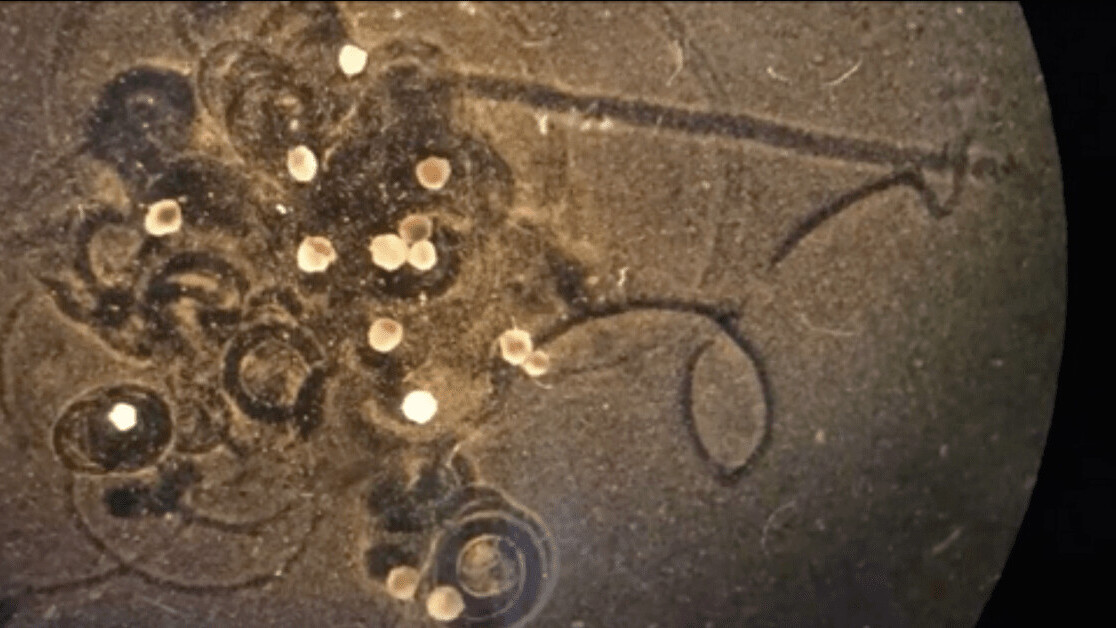Robots made from stem cells of frogs
The scientists have used the stem cells of frogs to create a new living robot. These robots have been named Xenobots.
About Xenobots
- Xenobots are capable of healing themselves.
- They can record memories.
- Xenobots are made from frog cells. They have been named after the Xenopus laevis frog that supplied its cells to create the robot. Xenopus laevis is an African frog.
- These robots are to be used to detect diseases and deliver drugs to specific areas of the body.
- Xenobots are less than 1 milli metre long.
- They are comprised of 500-1000 living cells.
- Xenobots come in different basic shapes and can scoot themselves in linear or circular directions.
- They are capable of joining up together to act collectively.
- They can move small objects by harnessing their cellular energy for a maximum of ten days.
How were the Xenobots created?
The Xenobots were created by microengineering amphibian eggs with RNA. The biologists later removed the egg membrane after 24 hours. They then harvested the stem cell tissue from the embryo. The tissues then formed into spheres with tiny hair like structure called cilia. The cilia moved to propel the bots across a surface creating a Xenobot.
How was the memory of the Xenobots created?
- The memory retaining capability of the Xenobots was propelled by a protein called EosFP. This protein normally glows green. However, it emits red colour when exposed to a light of 390 nm wavelength.
- The cells of frog embryos with messenger RNA coding enabled the Xenobots to record when exposed to blue light (at around 390 nm of wavelength).
- The scientists tested the above function on ten Xenobots that were swimming around a surface where one spot was illuminated by the light of 390 nm of wavelength. After two hours, three of the bots emitted red light and the rest remained green. This provides a memory of their travel experience.
Month: Current Affairs - April, 2021


